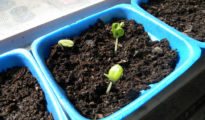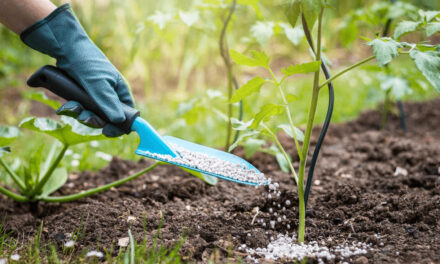In this tutorial, we'll show you how to plant a tree. While it may sound easy, there are a few factors involved such as the type of tree, the climate, and the preapartion.
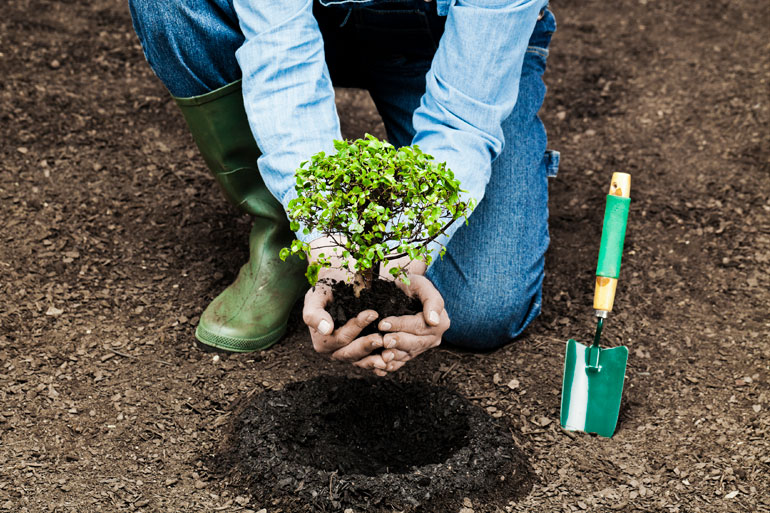
Planting a tree is a new exciting task you can do, and by doing so you are actually helping to save the planet. I know right, sounds very exciting!! But while it's exciting, it can also be a bit worrying since planting a tree is nothing like just planting a plant. So many factors need to be considered when planting a tree and we need to make sure we are doing it correctly.
The area where we live, the weather and the season, are all important factors that need to be considered. Also when it comes to planting a tree, the preparation is crucial.
Pre-Planting a Tree
#1. Type of Tree
Let's take a look at some trees you can plant depending on the season.
| TYPE OF TREE | WHEN TO PLANT |
| Fruit trees | For cold winters, in early spring and for warm winters in fall |
| Maples | During the fall |
| Pine trees | Fall or spring |
| Magnolia tree | During spring |
| Evergreens | If your weather isn't hot then during fall or spring |
| Bare root fruit trees | During late winter or early spring |
This is just a chart with some of the popular trees to plant, if you are planning on planting a different type of tree then try to search when is the right time to plant that specific tree.
#2. Local Climate
As mentioned before, the climate in your area will affect the growing process of your tree. Find out your exact hardiness zone and what kind of tree you can plant.
#3. Planting Area
When planting a tree you have to consider every factor of the area. A place with good, rich soil is ideal,even if you have to transplant the tree later to an area you like better.
Other factors like sun exposure and whether your tree has enough space to grow, need to be considered. If your tree needs full sun, then plant in an area where it will receive full sun exposure.
How to Plant a Tree – A Guide
Step 1: Choose the Right Area
Following our tips about the planting area, make sure it has rich soil, proper sun exposure, and also consider whether it's too close to your neighbors. We must always respect the property lines to avoid future issues.
Having enough space is a must when it comes to choosing the right area, we must think about how much our tree will grow in the future, and how much space the roots need.
Step 2: Soak the Roots
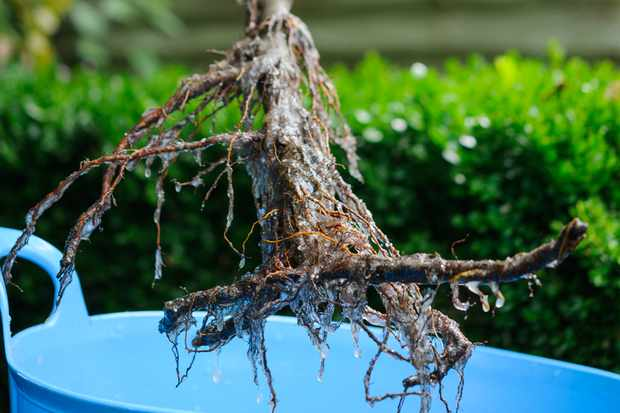
Remove the tree from its packaging, if it came in one, and untangle carefully. Grab a bucket big enough for your tree roots to fit in and fill it with water. Place the roots into the bucket making sure they are covered well and let it soaks for 3-6 hours.
Step 3: Dig a Hole
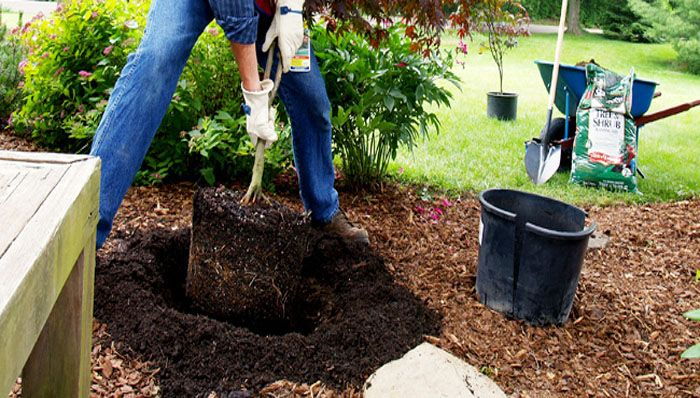
Now that you have the perfect area to plant your tree, it's time to start digging. Dig hole that is 2-3 times wider than the rootball. As it's very important that the hole is wider than the rootball, it's not recommended to dig deeper but if you happen to dig deeper than the rootball, don't worry! You can always fill out that space with new rich soil that will be more beneficial to your tree.
After digging the hole, clean the surrounding areas by checking for any weeds or grass. It's important that a few feet of the tree are clean of any weeds so they don't take the resources needed.
Step 4: Plant your Tree
Gently place the tree into the hole making sure it's in the middle and in the right position. It's important that the tree is standing straight after placed in the hole.
Start filling the hole with soil around the roots, be very gentle and do not pack the soil around tightly. Let it a bit lose so that way there is no obstruction.
Step 5: Add Mulch
Mulching your tree with organic matter, compost, wood chips or cedar bark mulch will make your tree happy. Mulch improves the soil, helps with moisture retention and prevents runoff.
The mulch layer recommended is 2-4 deep around the base spreading it 3 feet in diameter. Make sure to keep the mulch away from the truck at least 12 inches.
Step 6: Stake your Tree
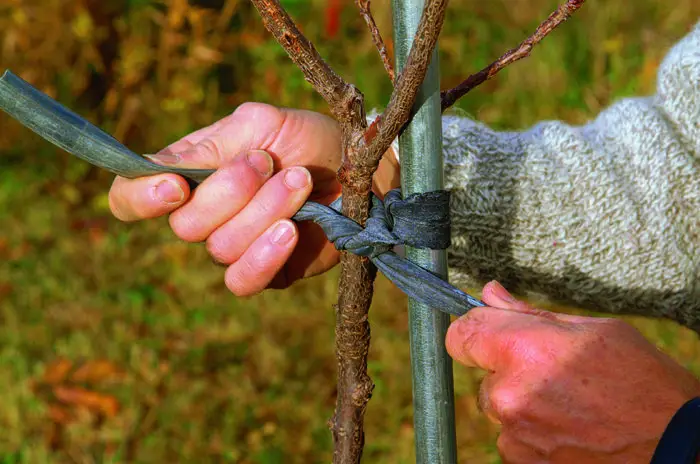
This step doesn’t apply to every tree, it will all depend on how strong the tree is and how windy your area is. If your new tree is weak and the area is mostly windy, then it will need support.
Place stakes on two sides of the tree close enough that you can tie it to the trunk but not too close that it will affect its growth. We recommend using a soft tie that will not damage the trunk.
Step 6: Water your Tree Well
Water your newly planted tree well, and let the water run generously. After watering your young tree every 7-10 days a week is a must, younger trees need constant watering in order to grow successfully. Make sure the soil is not soggy but rather moist. During rainy months, stop watering.
Additional Tips:
- Do not fertilize your tree right after planting, wait until the tree is well established after 8 months to 1 year. Fertilizing your tree too soon can cause shock and burn. When the time for fertilizer comes, make sure to choose one that is appropriate for your tree.
- Add a protective barrier to your tree if needed. This will prevent damage from wildlife to the tree.
- During the first year, the tree will need constant watering. Add a whole lot of water making sure not to overwater.
- If there are any diseased, dead or broken limbs on your tree then it will need to be pruned. Gently remove them with a gardening tool or a knife.
After planting your tree all that is left is to take good care of it and enjoy every second as you watch it grow!
Now that you know how to plant a tree it's time to roll your sleeves and get to planting!
Like this post? Pin, share and comment down below 🙂




